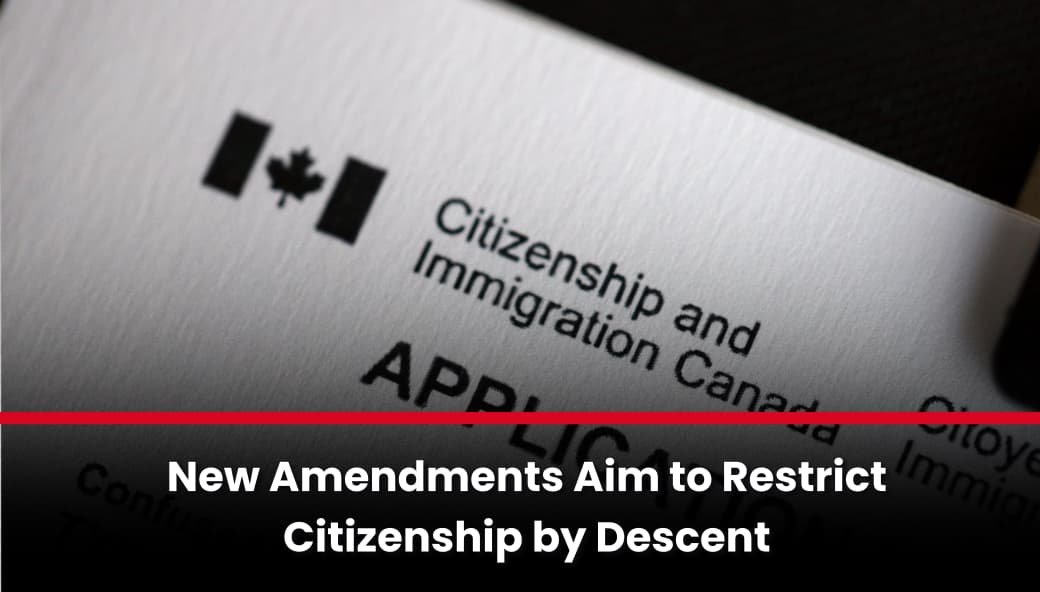In 2025, Canada’s Rural Community Immigration Pilot (RCIP) has become one of the most sought-after immigration pathways, drawing record interest from both foreign nationals and Canadian employers.
Designed to combat labour shortages in rural and remote areas, RCIP offers a unique employer-driven route to permanent residency. However, its explosive popularity has triggered major shifts in program operations, including tightened eligibility criteria, paused application intakes, and sector-specific restrictions in key communities.
Book Your Consultation for Canadian Immigration
This comprehensive guide breaks down the latest RCIP updates, explains what’s fueling the program’s growth, and offers actionable advice for applicants and employers navigating this evolving landscape.
Latest RCIP Updates by Community
Thunder Bay, Ontario
Thunder Bay, the largest city in Northwestern Ontario, has updated its RCIP intake to better manage overwhelming demand. For August 2025, the Thunder Bay Community Economic Development Commission (CEDC) has temporarily paused recommendation applications for the Sales and Service sector, which includes roles like retail associates and customer service representatives.
This pause gives the CEDC time to process existing applications and assess future capacity. The commission may resume intake for this sector in September, so applicants should monitor updates closely.
Key Takeaway: Opportunities remain in sectors like construction and healthcare, where employer designations are still being accepted.
North Okanagan–Shuswap, British Columbia
The North Okanagan–Shuswap region has experienced unprecedented demand, with hundreds of applications received during its first RCIP intake.
Due to exceeding its processing capacity, the July 17, 2025 intake was cancelled, prompting the implementation of stricter eligibility criteria. Notably, employers in the fast food (NAIC 722512) and gas station (NAIC 4471) sectors are now ineligible for RCIP.
Despite this, the community has announced three additional intakes in 2025, signaling continued opportunity for applicants in healthcare, agriculture, and skilled trades.
Key Takeaway: Fast food and gas station jobs are no longer eligible. Applicants should focus on in-demand sectors and monitor intake windows via the official RCIP portal.
Sault Ste. Marie, Ontario
Sault Ste. Marie has introduced sector-specific restrictions in response to reaching capacity in certain industries.
As of May 8, 2025, the city is no longer accepting employer designations from dine-in restaurants, followed by a June 3 cap on designations for security supervisor roles.
These measures aim to diversify the local labour market and reduce over-concentration in a few sectors.
Key Takeaway: Roles in manufacturing, tourism, and other diversified industries remain open for foreign talent.
Peace Liard, British Columbia
The Peace Liard region has seen extraordinary demand, with the August 1, 2025 intake closing within 10 minutes of opening, a stark reflection of the program’s popularity.
The region also reached its employer designation quota in July, leading to a pause in new employer applications until November 2025.
Key Takeaway: Preparation is critical. Applicants and employers must act swiftly during intake windows and consider alternative immigration options during program pauses.
Claresholm, Alberta
RCIP has been a lifeline for Claresholm businesses facing workforce shortages. However, to better align with economic priorities, as of July 24, 2025, the town has stopped accepting designation applications from fast food employers (NAIC 722512).
This shift focuses on sectors more aligned with long-term development, such as manufacturing and healthcare.
Key Takeaway: Applicants should target roles in approved sectors. Fast food employers may need to explore other pathways like the Temporary Foreign Worker Program (TFWP).
Why Is Demand for RCIP So High?
Several factors have made RCIP one of Canada’s most popular immigration options in 2025:
- Employer-Driven Model: Unlike other pathways, RCIP offers a job-first approach, making it ideal for skilled workers seeking direct employment and a path to permanent residency.
- Chronic Labour Shortages: Rural communities across Canada are struggling to fill positions in key sectors like hospitality, agriculture, and healthcare.
- Less Competition: Compared to urban centres, rural areas offer a clearer, faster path to residency for qualified workers.
However, this surge in interest has created challenges. Many communities are overwhelmed, leading to processing backlogs, limited recommendation quotas, and application pauses. In response, communities have implemented strategies to prioritize high-demand sectors and preserve program integrity.
How RCIP Works: A Pathway to Permanent Residency
RCIP is a community-based immigration initiative that enables rural regions to attract and retain foreign workers who can fill local labour gaps.
To qualify:
- Foreign nationals must secure a full-time, permanent job offer from a designated employer in a participating community.
- The job offer must be endorsed by the local economic development organization.
- Once approved, candidates can apply for permanent residency through Immigration, Refugees and Citizenship Canada (IRCC).
This model supports mutual success: employers fill vacancies, communities strengthen their economies, and workers gain long-term stability in Canada.
Final Thoughts: Strategy is Key to RCIP Success
The RCIP continues to transform lives and strengthen rural Canada. But with intense demand and evolving policies, success now hinges on:
- Targeting eligible sectors
- Monitoring intake schedules
- Preparing applications well in advance
- Staying informed through official community updates
For both applicants and employers, understanding the latest changes is essential to navigating RCIP effectively in 2025.





